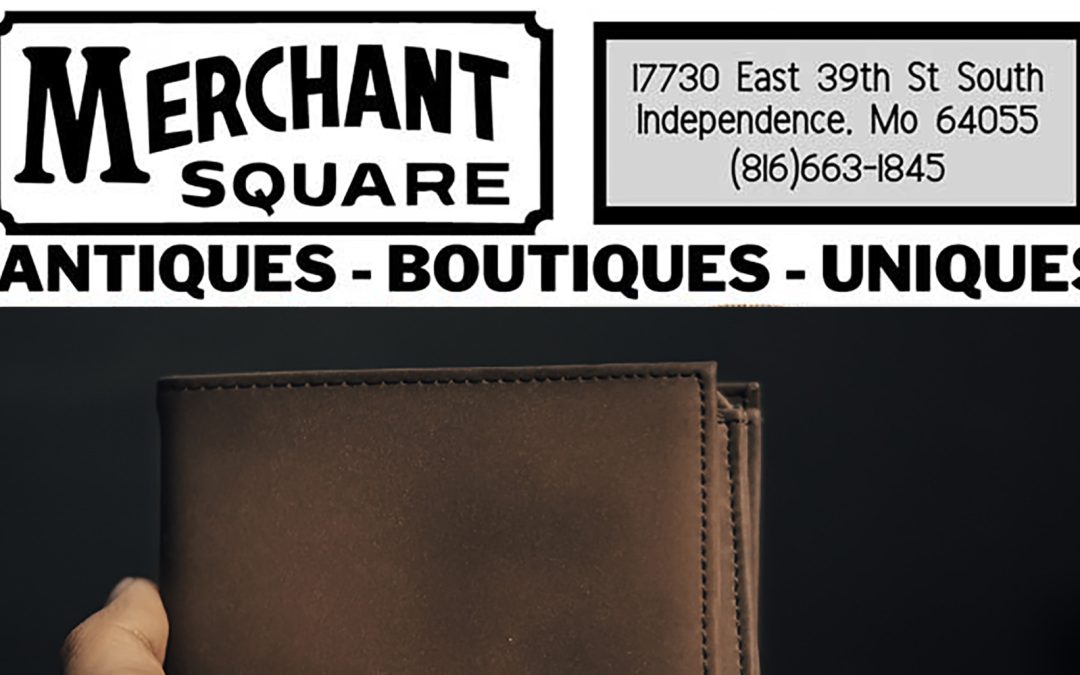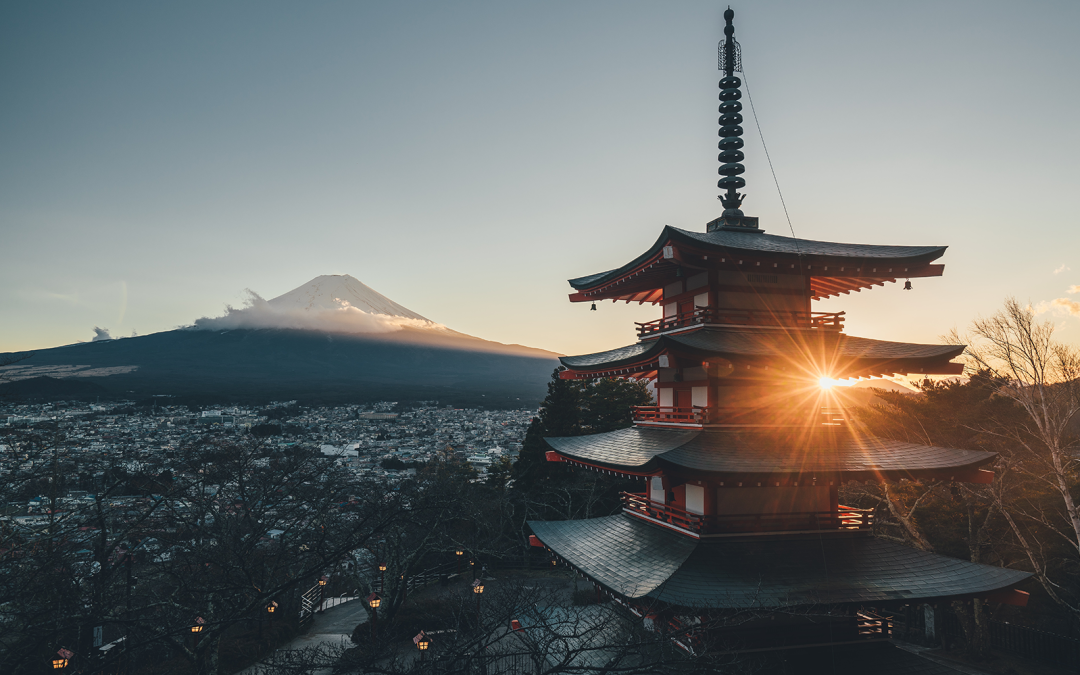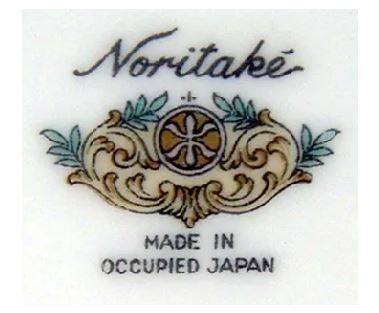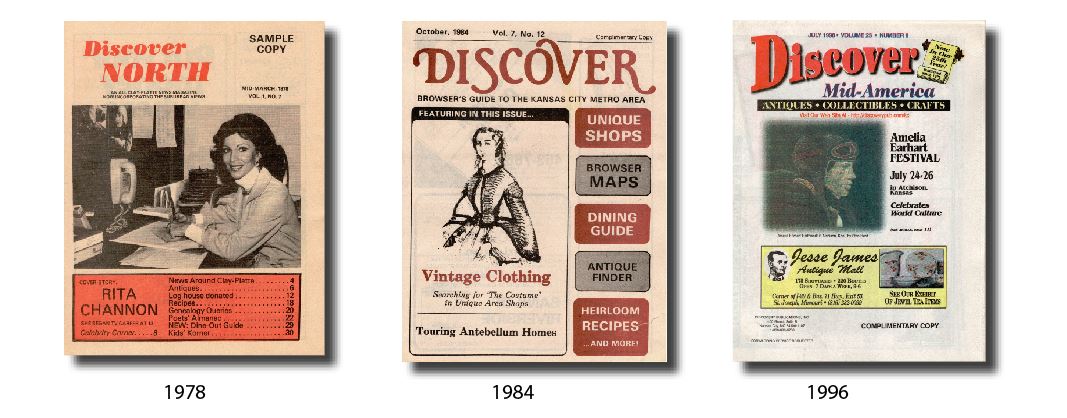
Stores shine spotlight on ethically sourced, sustainable items
https://firefly.adobe.com/generate/images
December 2023
Everything Old
Stores shine spotlight on ethically sourced, sustainable items
by Corbin Crable
If you’ve ever taken a leisurely stroll throughout the picturesque, quaint downtown Overland Park, KS, you likely have a small list of shops you always make sure to visit.
There’s Penzey’s Spices, where I stock up on spices from across the globe. Oh, and there’s The Tasteful Olive, a merchant specializing in olive oils and balsamic vinegars.
Who can forget Ten Thousand Villages, that small merchant selling fair-trade crafts from nearly every continent on the globe? Though not an independent business, Ten Thousand Villages does have locations throughout the Midwest. Run nearly entirely by volunteers, these stores focus on the actual stories behind the crafts they sell – the people and organizations who made them, and the countries from which they hail. Its website states, “As a pioneer of fair trade, we do business differently, putting people and planet first. That means you can trust that every purchase and donation you make directly impacts the life and community of its maker in an under-resourced community. Together we break the cycle of generational poverty and ignite social change.”
When you shop locally, you put a face on the artists who make items like crafts and edible goodies by hand. This merchant does the same, but by putting a face on the people who create them, stores like Ten Thousand Villages makes this large world of ours just a bit smaller.
In this issue, we shine a spotlight on nativity scenes, both ones we might remember from childhood and ones that tell the story of Christ’s birth with an interpretation we may have never seen before. Ten Thousand Villages is just one of many merchants that sells such items this time of year.
Shopping at such a unique vendor can not only expose us to different cultures, viewpoints, and holiday celebrations – it can make us feel good about giving a bit to a larger cause. Unlike smaller, independent merchants, you might not meet the artisan face to face, but you’re aware that your financial support of them means that someone, somewhere, wants them to thrive and wishes for them a better community, a better life. The item you buy just feels like an ancillary benefit.
We should always remember the people behind the handmade gifts we give. For some, especially those in developing countries, it might be their only source of income.
Ten Thousand Villages does an amazing job of creating a sort of connectivity between the artist and the buyer. As we hear the stories of those both physically close to us and a half a world away, we are brought figuratively nearer to them. During this time of year, that closeness is especially important
The fact that such a store is staffed mostly by volunteers shows that there are many others who likely agree with me, and they believe in that mission to better the lives of others, too. During the holiday season, such volunteerism is especially important, both to the volunteer and to the person or community that benefits from it.
If you can’t volunteer your time, your dollars can still make a difference. You can make monetary donations by visiting www.tenthousandvillages.kindful.com.







